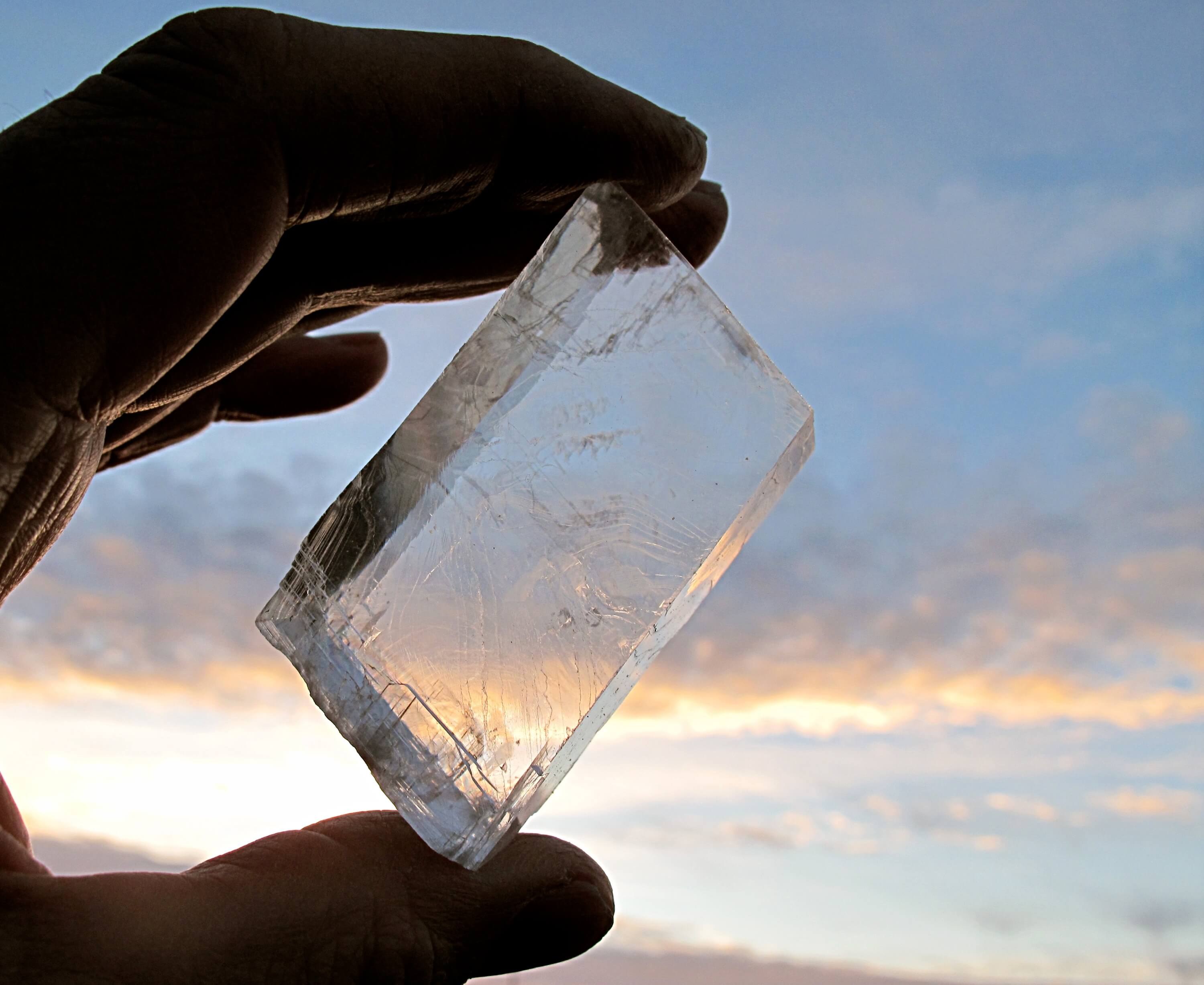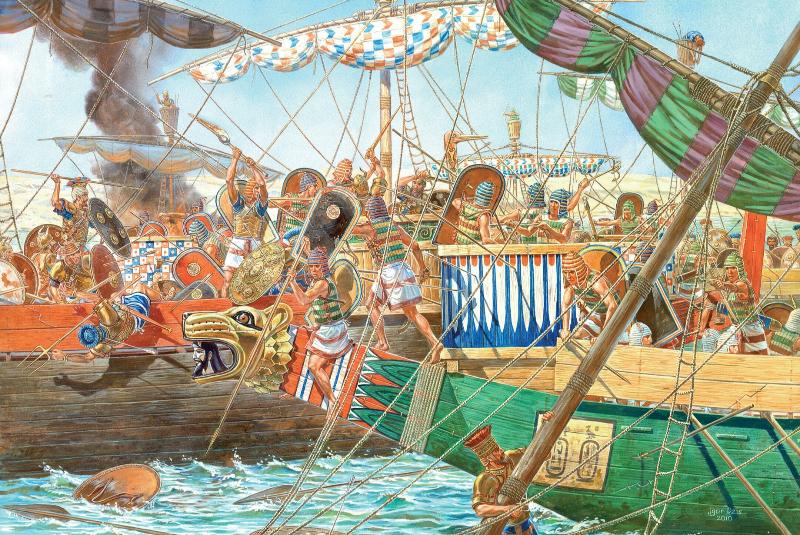The sagas of the Norse seafarers are filled with tales of daring voyages, fierce warriors, and the discovery of new lands. Much of what we know about the Vikings and their expeditions comes from the intricate tapestry woven by history and legend. Recent studies, however, are shedding light on the more human aspects of these journeys, including the possibility that errors in navigation may have had a significant impact on their route—and ultimately led them to the shores of Canada instead of Greenland.
The Vikings, known for their unparalleled seafaring abilities, ventured far beyond their home territories, reaching the remote corners of the then-known world. Their ships, sturdy and sleek, carried them across the treacherous North Atlantic Ocean. Yet, without the sophisticated navigational instruments we have today, how did they manage these feats?

The answer may lie in a blend of skilled seamanship, deep knowledge of the natural world, and the use of rudimentary navigational aids, including the enigmatic “sunstones.” These intriguing crystals are believed to have been used to locate the sun's position even on cloudy days. This ability would have been invaluable in the North Atlantic, where the sun can be obscured by clouds for days on end.
The Role of Sunstones in Viking Navigation
Sunstones, the fabled crystals of Viking lore, are thought to have been Iceland spar or other types of calcite. These minerals have the unique property of polarizing light, which means they could have been used to find the direction of the sun. By holding the stone up to the sky and rotating it until certain patterns of light emerged, navigators could pinpoint the sun's location and adjust their course accordingly.
The Vikings' reliance on such a tool is a testament to their ingenuity. At a time when the magnetic compass had not yet become a staple of navigation in Europe, they turned to the natural properties of minerals to guide their way. The efficacy of this method, at least in theory, is supported by how the Vikings reached such distant destinations as Paris and even the Mediterranean shores of Egypt. Their prowess was so renowned that tales of their navigational skills became legend.
The Accidental Discovery of Canada
The notion that the discovery of Canada was an inadvertent outcome of a navigational error is not without merit. Considering the Vikings aimed for Greenland and ended up on the Canadian coast, it raises the question: Could this have been due to a misinterpretation or misuse of the sunstone?
Researchers have been exploring this possibility by conducting simulations of voyages from Norway to Greenland, using only the sun for navigation. Their findings suggest that any navigator who failed to check their position against the sun at least every three hours would risk veering off course. The consequence of such an error over a multi-week voyage could have been significant.
If Vikings neglected regular checks, they could have drifted southwards, missing Greenland entirely. If they were fortunate enough to survive the treacherous journey, the next landfall, according to the currents and winds of the North Atlantic, would have been the coast of Canada. This theory is supported by archaeological evidence that confirms the presence of Vikings in North America centuries before Columbus's arrival.
However, was it truly a stroke of luck or a navigational blunder that brought them there? The historical and archaeological record is still incomplete. While there are legends of the fabled sunstones, concrete evidence of their use is scarce. Most historians believe that Vikings likely utilized a sun compass—a nonmagnetic navigational aid, which, combined with the notoriously cloudy North Atlantic weather, would have posed a significant challenge to any navigator.
Viking Sun Compasses and the Challenges They Faced
The sun compass, while ingenious, would not have been foolproof. The device, which required a shadow stick and a dial, could have provided a general sense of direction but would have been useless under overcast skies—a common enough occurrence on the North Atlantic. In such conditions, the sunstone might have been the fallback tool.
These navigation methods, while revolutionary for their time, were not without their flaws. The margin for error on long sea voyages was vast, and the consequences of getting lost at sea were dire. The need for constant vigilance and adjustment of course would have been crucial. It is entirely plausible that lapses in these rigorous checks could lead to unintentional discoveries.
Reevaluating Viking Sagas and Historical Evidence
The romantic image of the infallible Viking navigator is slowly being reframed by a more nuanced understanding of their seafaring. As historians and archaeologists delve deeper, the evidence suggests that chance played a larger role in their voyages than previously acknowledged.
In reevaluating the sagas and comparing them with the archaeological record, it becomes apparent that while the Vikings were indeed master seafarers, they were also human. They were subject to the same limitations and errors as anyone else might be when pitted against the might of the open ocean.
The legacy of the Vikings remains a complex tapestry of fact and fiction. Their navigational techniques, while innovative, were not immune to error. The idea that their arrival in North America was an accident due to a navigational mistake is a humbling reminder that history is often shaped by the unforeseen and the unintended.
The mystery of the Viking arrival in North America, whether by design or accident, continues to fascinate scholars and enthusiasts alike. The possible role of the elusive sunstone in this narrative adds a layer of intrigue and speaks to the adaptability and resourcefulness of these Norse adventurers. As research continues and new discoveries emerge, our understanding of the past changes, and with it, the stories we tell about those who have navigated history before us.




